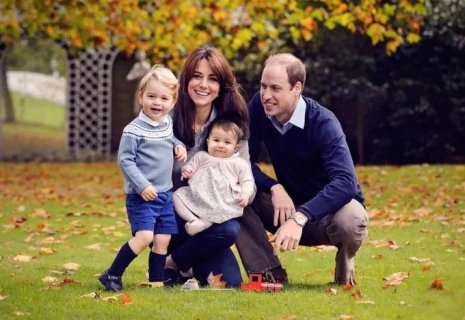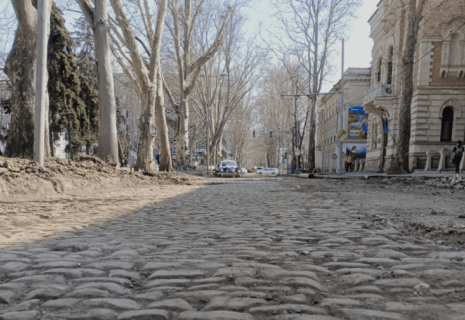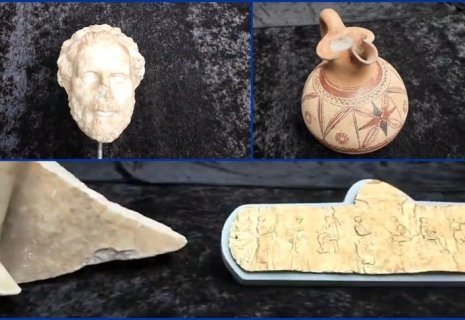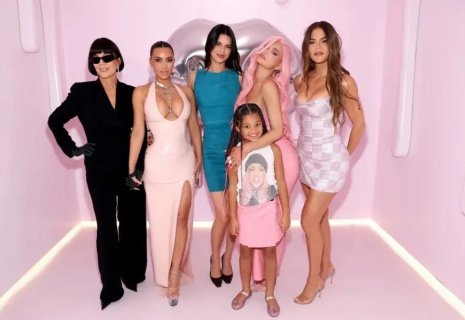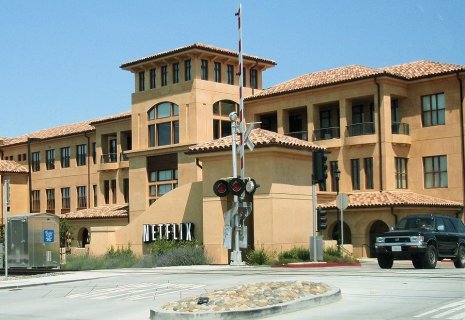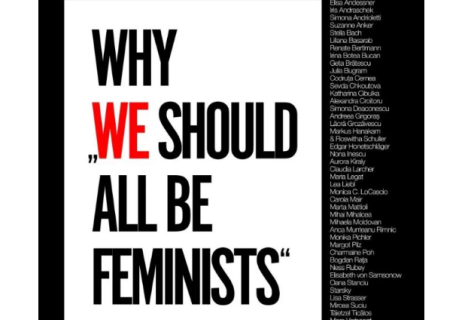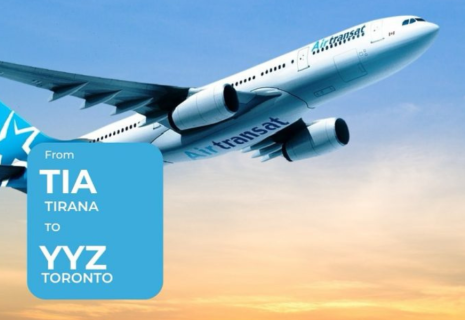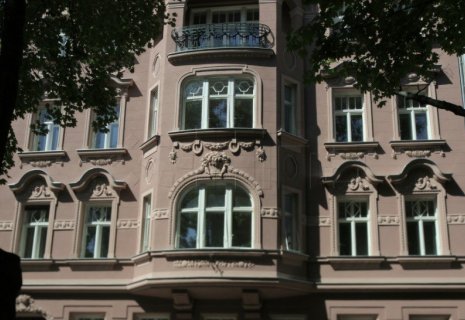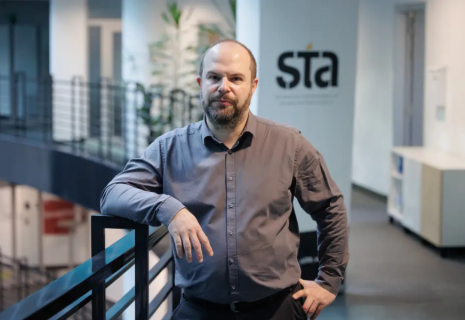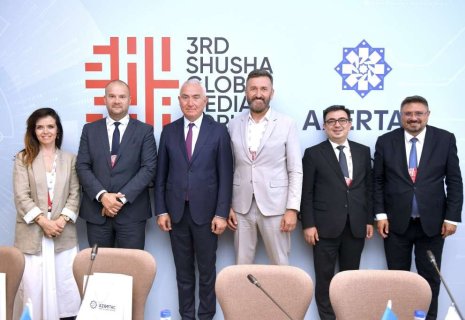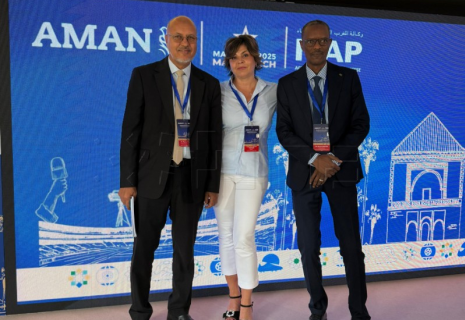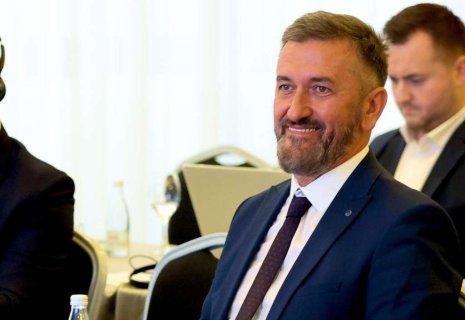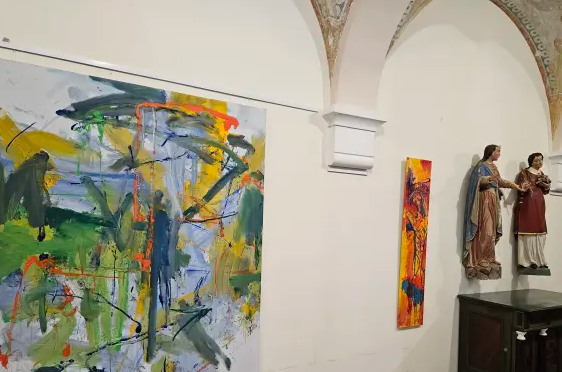
Slovenian artists explore faith in major national exhibition
Hope-themed paintings and sculptures by 33 Slovenian contemporary artists will be put on show at the Franciscan Monastery in Maribor at an exhibition the Catholic Church has produced to mark the Holy Year 2025, whose main message is that of hope. The show will be travelling around Slovenia until it closes in January 2026.
Some of the participating artists have made the works especially for this exhibition, which is termed Reflections of Hope, others have selected them from their old works, CE Report quotes STA.
The project has been conceived by journalist Ksenja Hočevar and art historian Bernarda Stenovec in collaboration with two Catholic galleries from Ljubljana.
The exhibition is accompanied by a catalogue featuring photos of all the works put on show and short biographies of the visual artists, while each artist also contributed a thought or two about hope.
The introduction was penned by Milček Komelj, a retired university professor of art history, with the bishops of all Slovenian dioceses also contributing.
Until mid-January 2026, the exhibition will tour all Slovenian dioceses while also stopping in areas populated by the Slovenian ethnic minority in Slovenia's neighbouring countries.
As part of today's opening in Maribor, Archbishop Alojzij Cvikl will host a meeting with culture workers from the Maribor Archdiocese.
In April, the exhibition will travel to Nova Gorica and Gorizia, the cities that hold the title of the European Capital of Culture this year.
Between May and mid-June it will be on show in churches in the coastal town of Piran, and then at the Stane Kregar Gallery in Ljubljana until the end of July.
It will also visit Celje, Novo Mesto, Tainach in Austria, and Murska Sobota, before coming to the Družina Gallery in Ljubljana in mid-December where a conference will be held in January next year to mark the 30th anniversary of the gallery.
On show are works by male and female artists of all generations and all parts of Slovenia, including recipients of top national awards, among them Andrej Jemec and Herman Gvardjančič, ethnic Slovenians from abroad, such as Valentin Oman, or greats like Tomaž Perko, and foreign-born artists who have lived in Slovenia for years, among them Azad Karim, or Slovenians living abroad, such as Evgen Bavčar.

